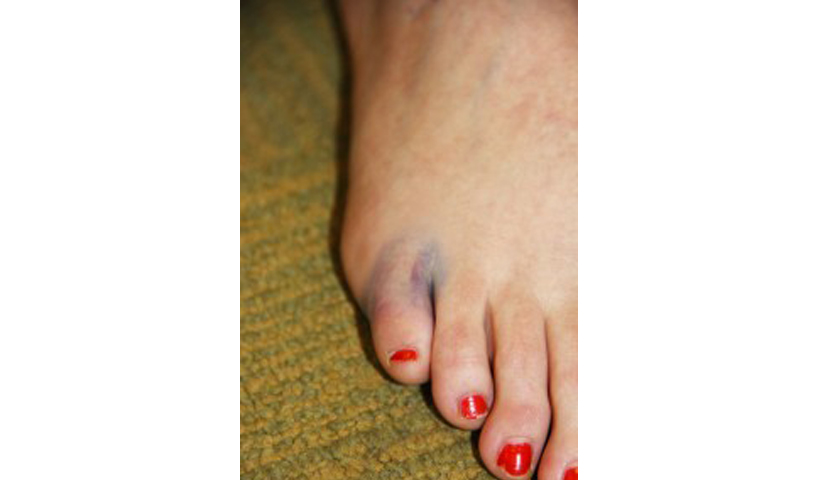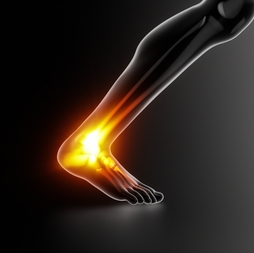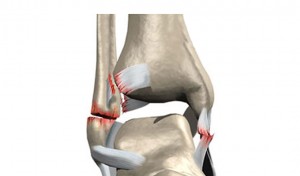Your blood carries oxygen, important nutrients, and disease-fighting antibodies all through your body to keep it healthy and free from infection. If blood cannot travel freely, cells cannot survive, infection can set in and tissue begins to die. This is a condition called gangrene. It can actually occur internally, however it most commonly affects the extremities, since they are the farthest for blood to reach.
Anything that impedes blood flow can increase your risk of developing gangrene. Those with underlying conditions like diabetes, atherosclerosis, peripheral arterial disease, and Raynaud’s phenomenon are all highly susceptible. Smoking and obesity can also contribute to developing the condition, as can certain medications.
Types of Gangrene That Affect the Feet
There are several different types of this condition, ranging from dangerous to deadly.
Dry—most common in those with diabetes and autoimmune diseases, this type develops when blood flow to the affected area is impaired as a result of poor circulation associated with these conditions. It is characterized by dry, shriveled skin ranging in color from brown to black to purplish-blue. Usually infection is not present; however, if left untreated, infection can indeed set in.
Wet—traumatic injuries or burns can cut off blood supply to the affected area, causing tissue to die off and become infected. Symptoms include swelling, blistering, and a wet appearance. This type of gangrene can spread quickly and can be potentially life threatening, thus immediate attention is crucial.
Gas—also as a result of trauma, and also life threatening, this occurs when infection affects deep muscle tissue. The bacterium releases toxins and gas throughout your body. When the gas gets trapped within your body tissue, skin becomes discolored and bubbly, emitting a cracking noise when pressed.
Meleney’s Gangrene—this rare type typically occurs after an operation, surfacing one or two weeks post-surgery with painful skin lesions.
Signs of Tissue in Trouble
Discolored skin, pain, and numbness are common symptoms. When infection is involved, you may also experience inflammation and fever. If the infection gets into your blood, you could go into septic shock with symptoms of low blood pressure, rapid heartbeat, lightheadedness, shortness of breath, cold and clammy skin, rash, and confusion. This is an emergency situation needing immediate response.
Stopping the Spread
Unfortunately, tissue affected by gangrene cannot be saved; however there are treatments that can help prevent the progression. Dead tissues can be removed with surgery, stopping the spread and allowing healthy tissues to heal. Repair of damaged blood vessels may help to increase blood flow to the affected area as well. If the blood supply has been adequately restored, a skin graft from a healthier part of your body may be used. Antibiotics will be given to treat the infection.
Hyperbaric oxygen therapy can also be used to treat gangrene. In a pressurized chamber, oxygen and pressure are slowly increased, enabling the blood to carry greater amounts of oxygen, which in turn slows the growth of bacteria and expedites healing. If more conservative treatments do not bring positive results, surgery may be required and may involve the removal of the dead tissue or possibly the toe, foot and/or part of the leg.
Pro-Active Steps
The good news is that even with potentially fatal types of gangrene, if caught early and treated quickly, the odds of recovery are good. There are also things you can do to reduce your risk. At the top of the list is treating and managing underlying diseases that may contribute to the development of the condition. Also, check over your feet and legs daily so that any signs of trouble can be addressed at the onset. Protect yourself from frostbite when the weather turns cold, since it can affect your circulation and increase your risk. In addition, refrain from smoking, keep your weight in check, and be sure to keep any wounds clean and free from infection.
For more information or to make an appointment, call Country Foot Care during our regular office hours. For those who would like to make an appointment on line, you can do so using our online appointment form that can be found by clicking the MAKE AN APPOINTMENT button at the top of this page. Let us help you protect yourself against this deadly condition.




